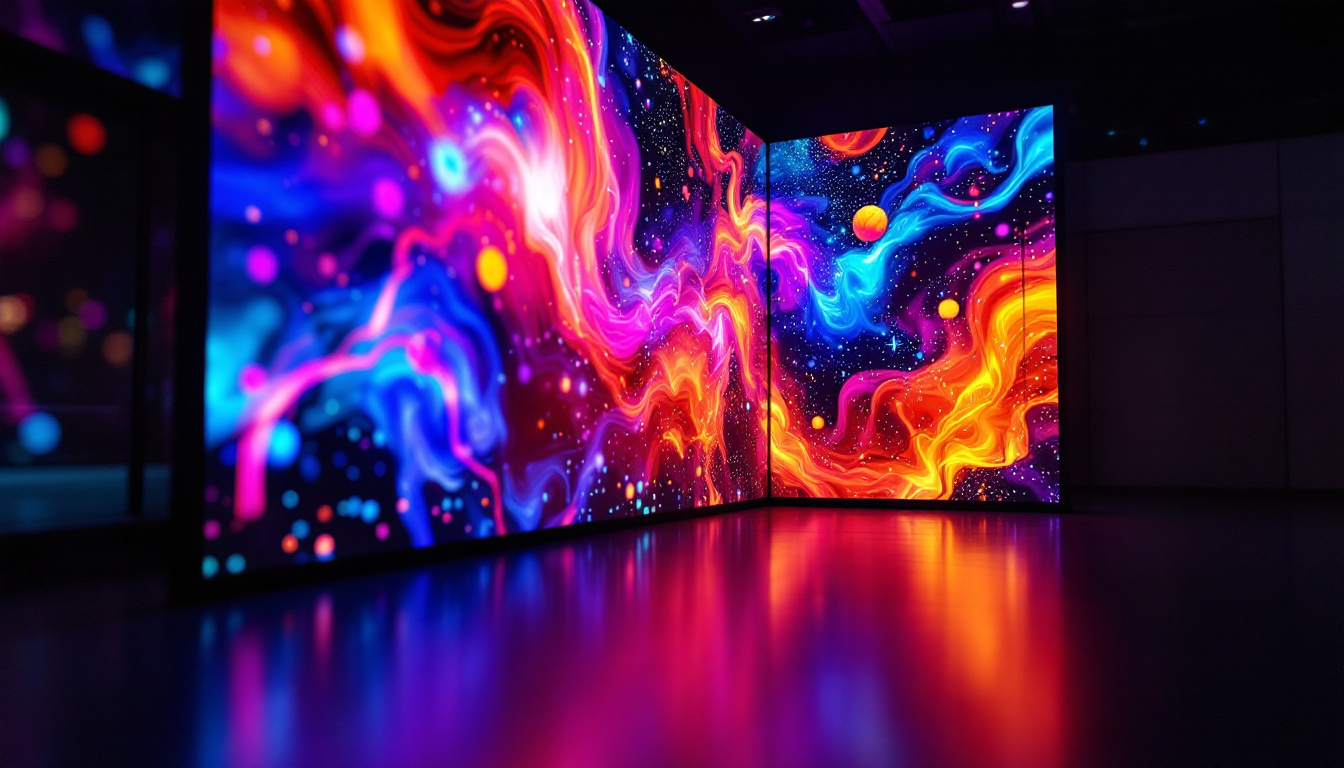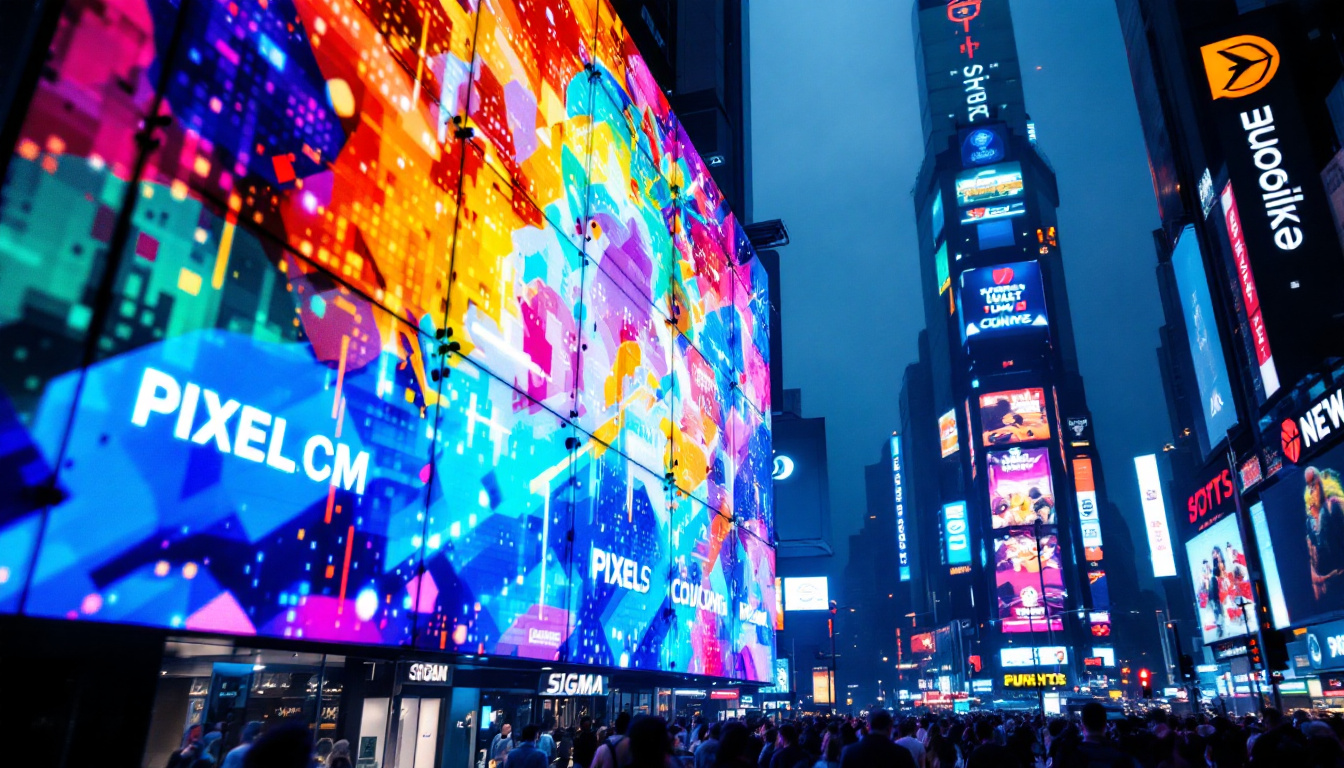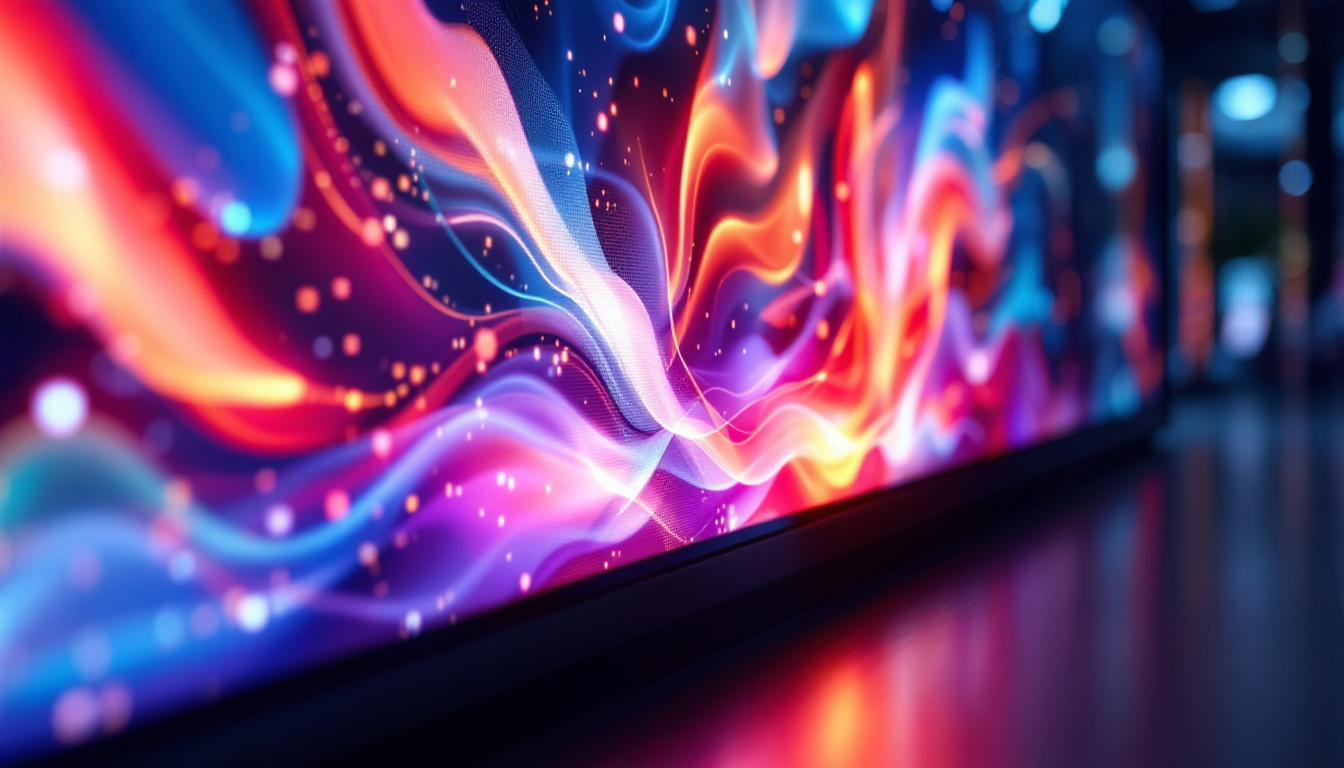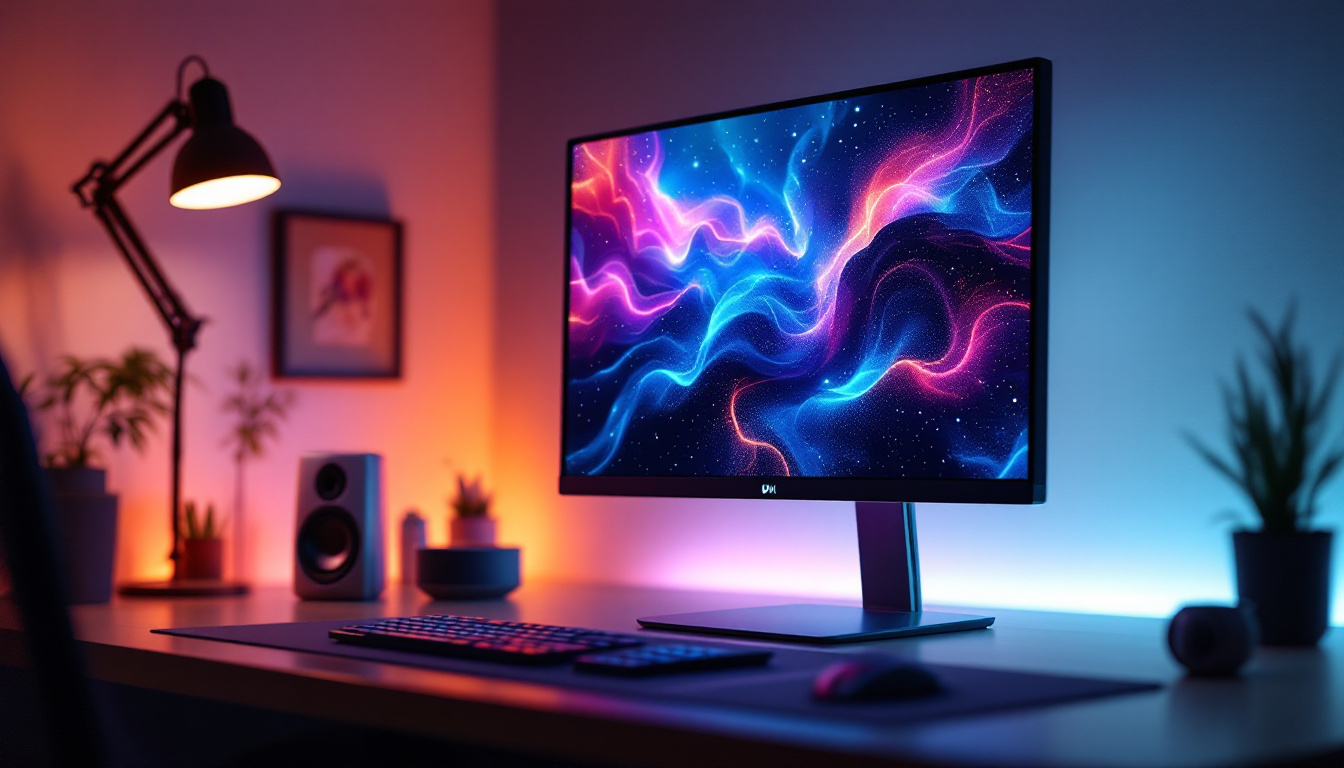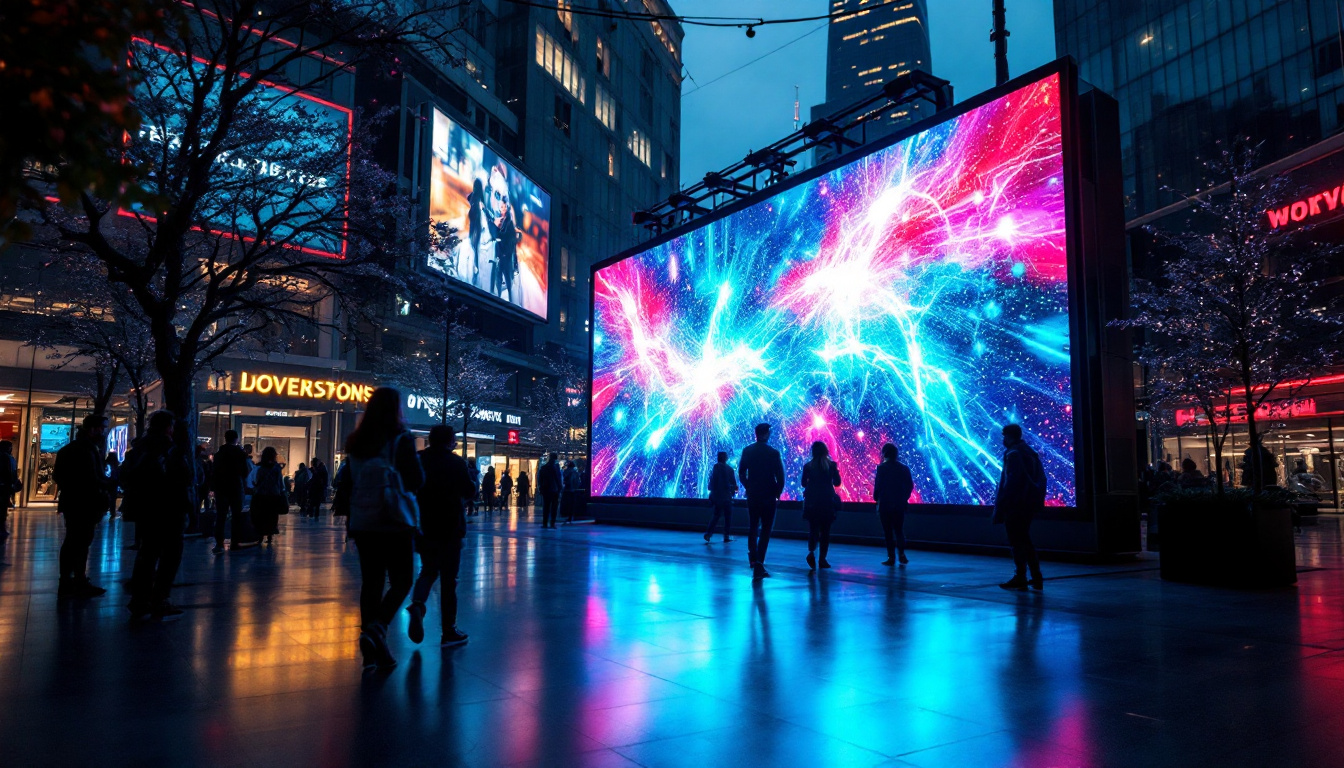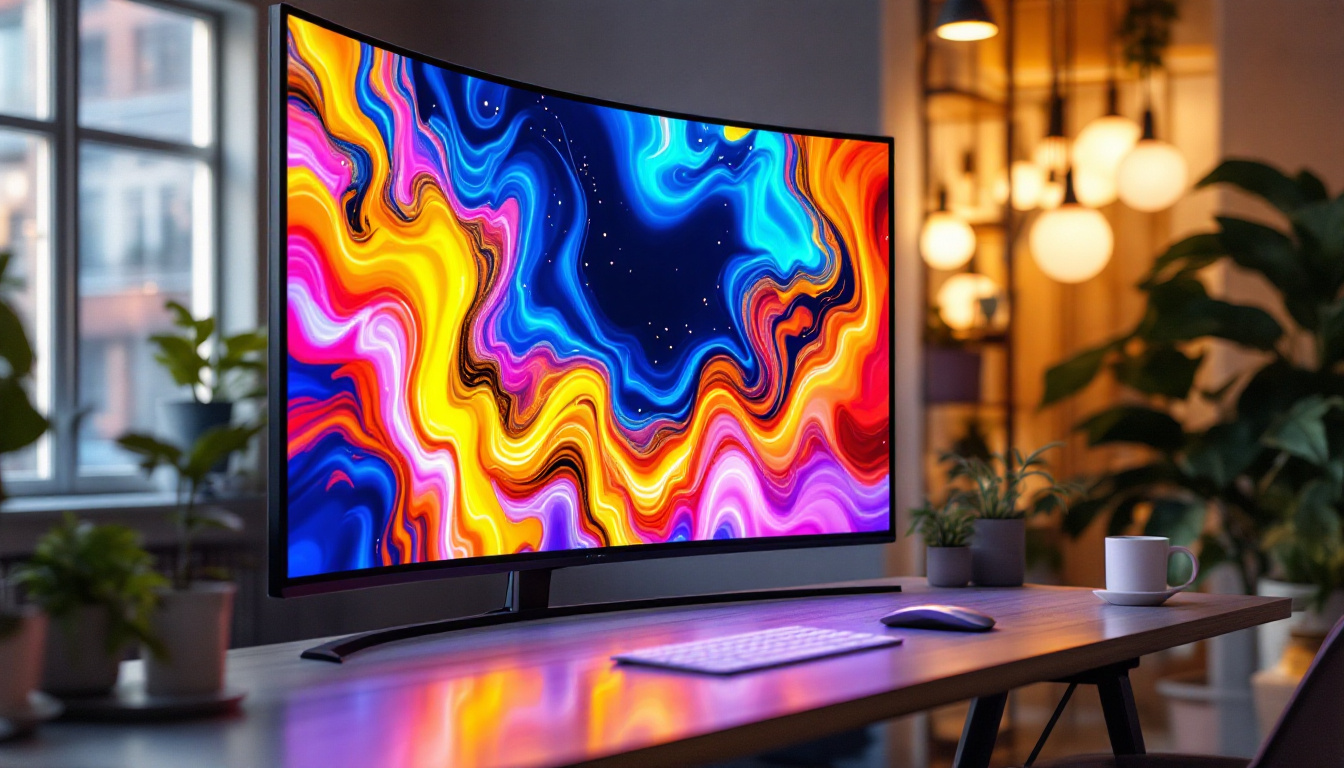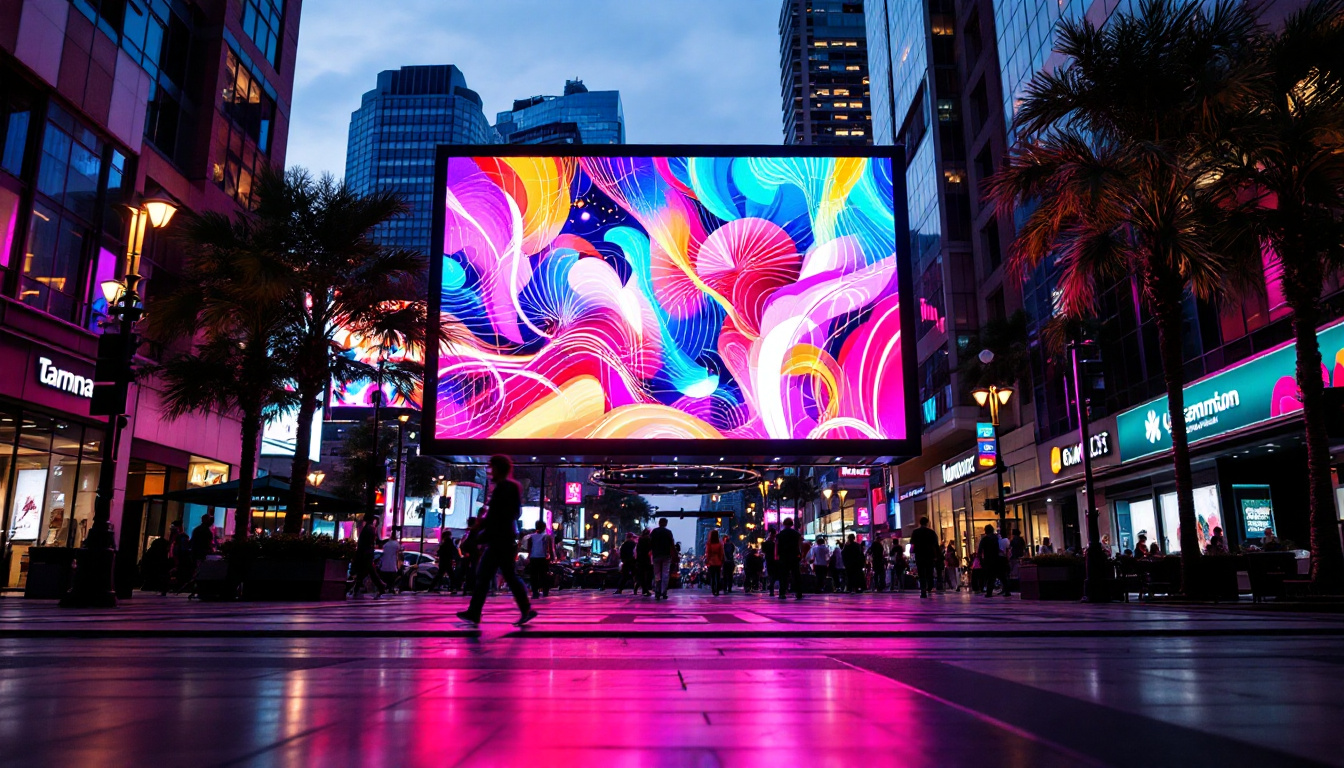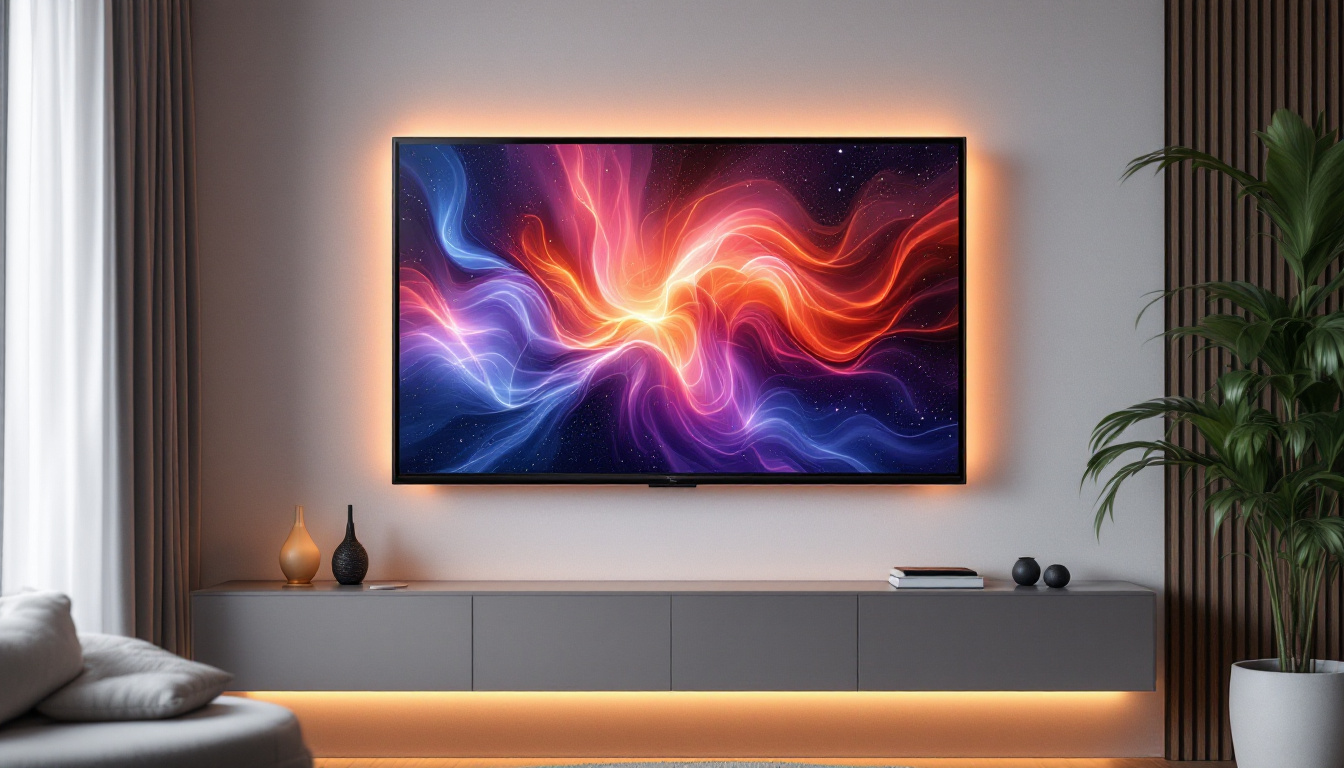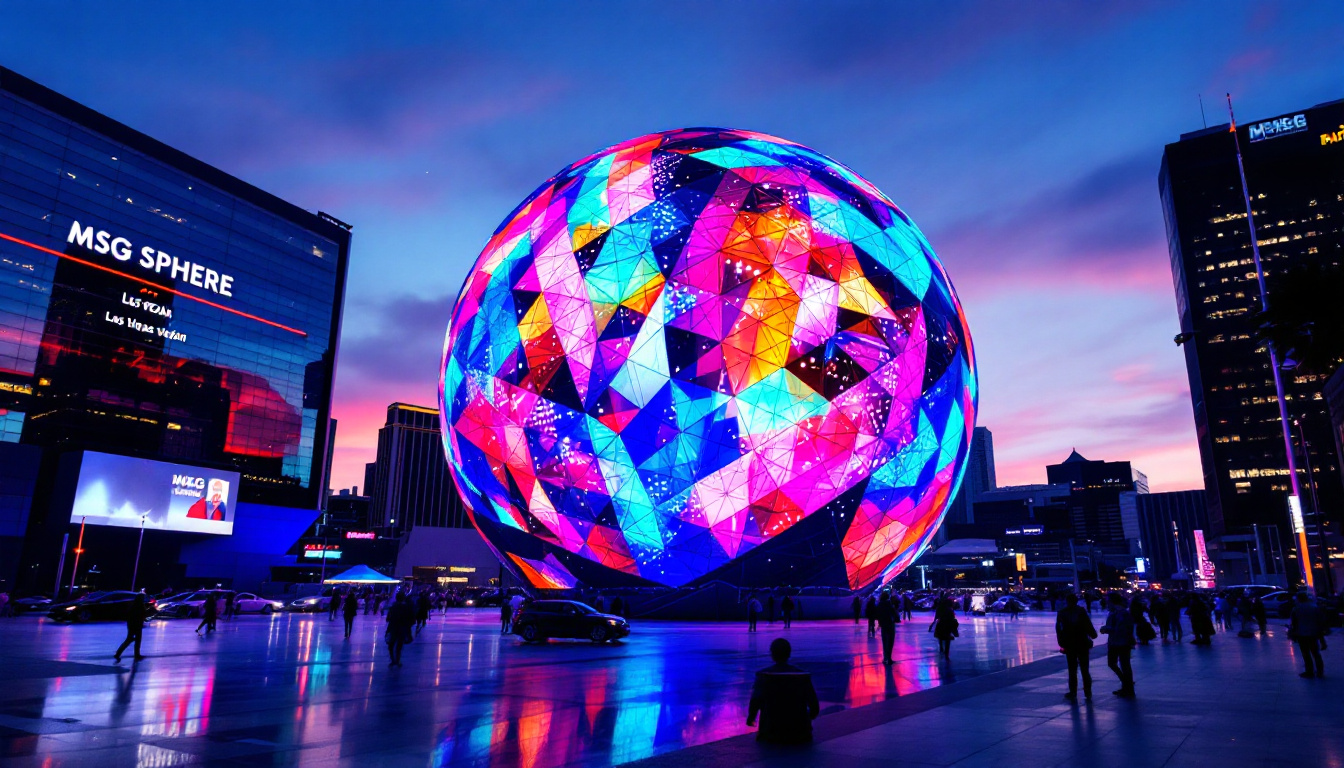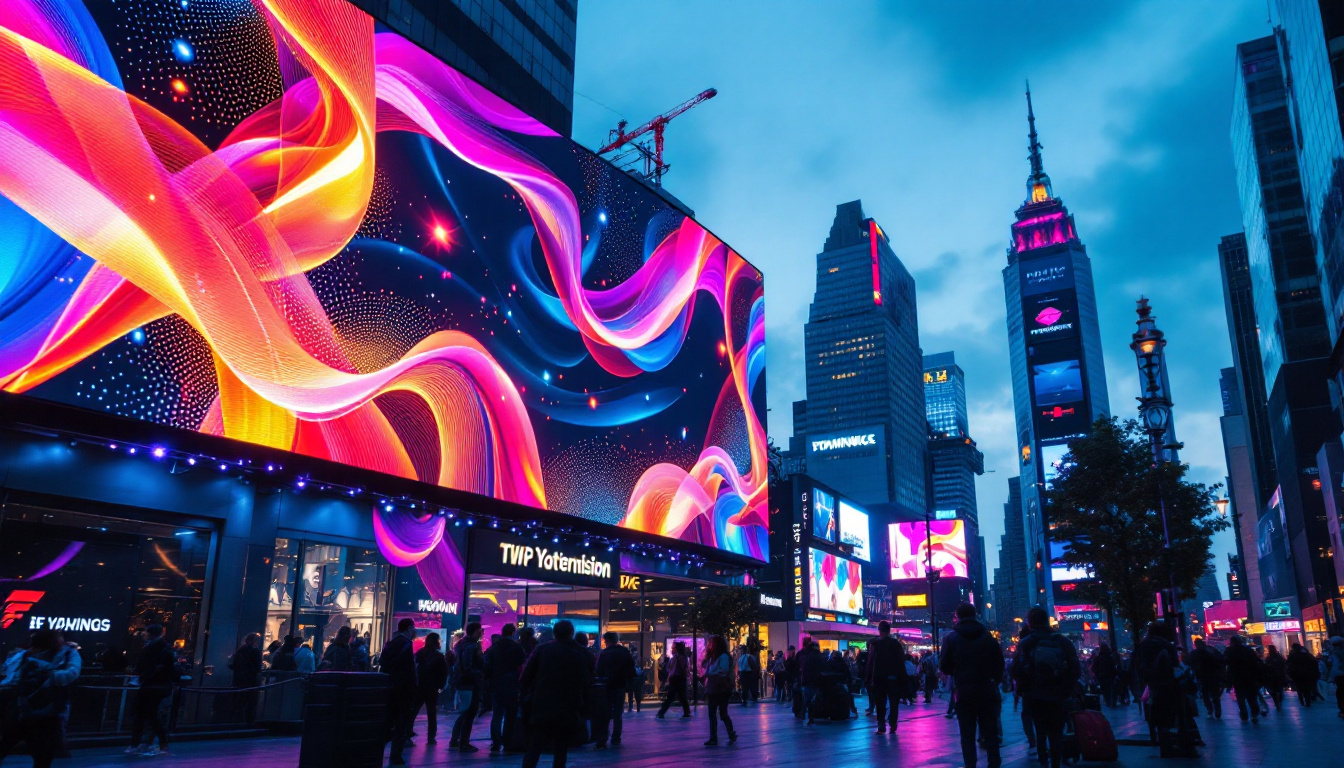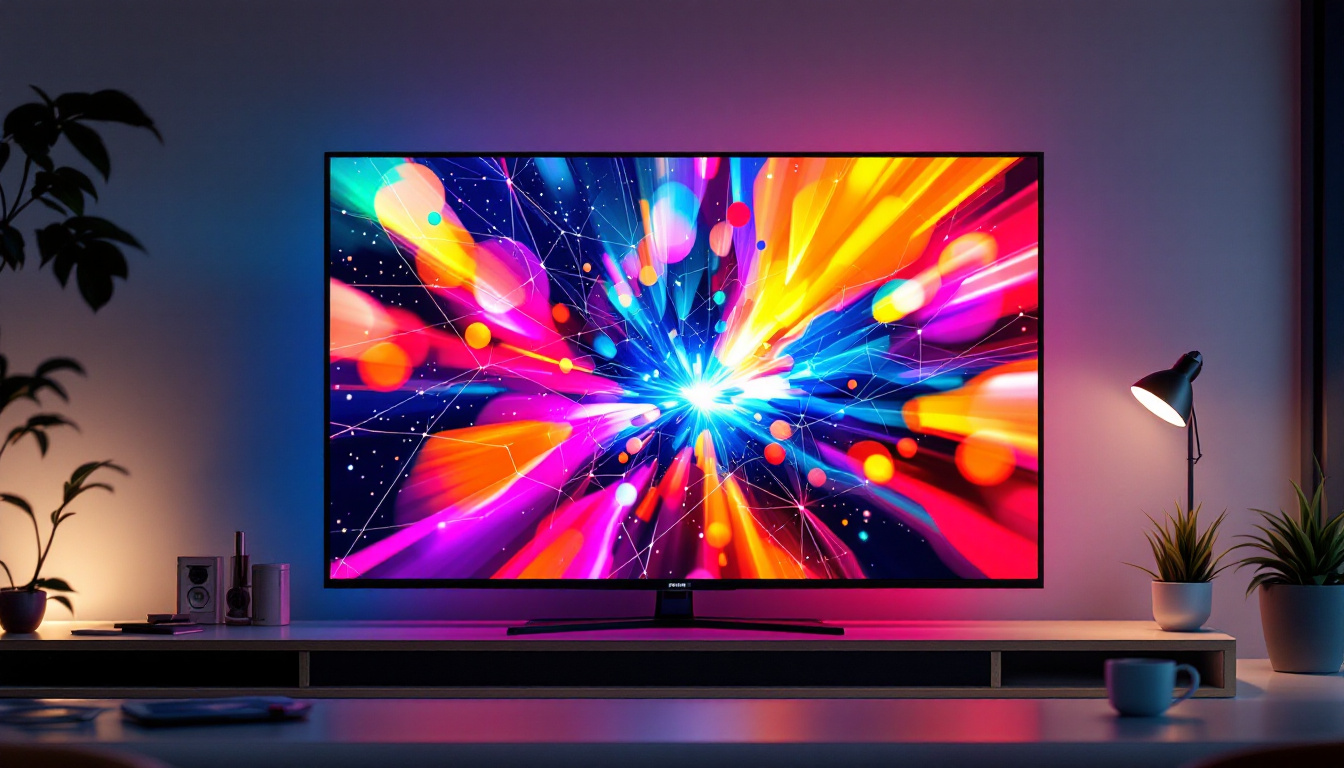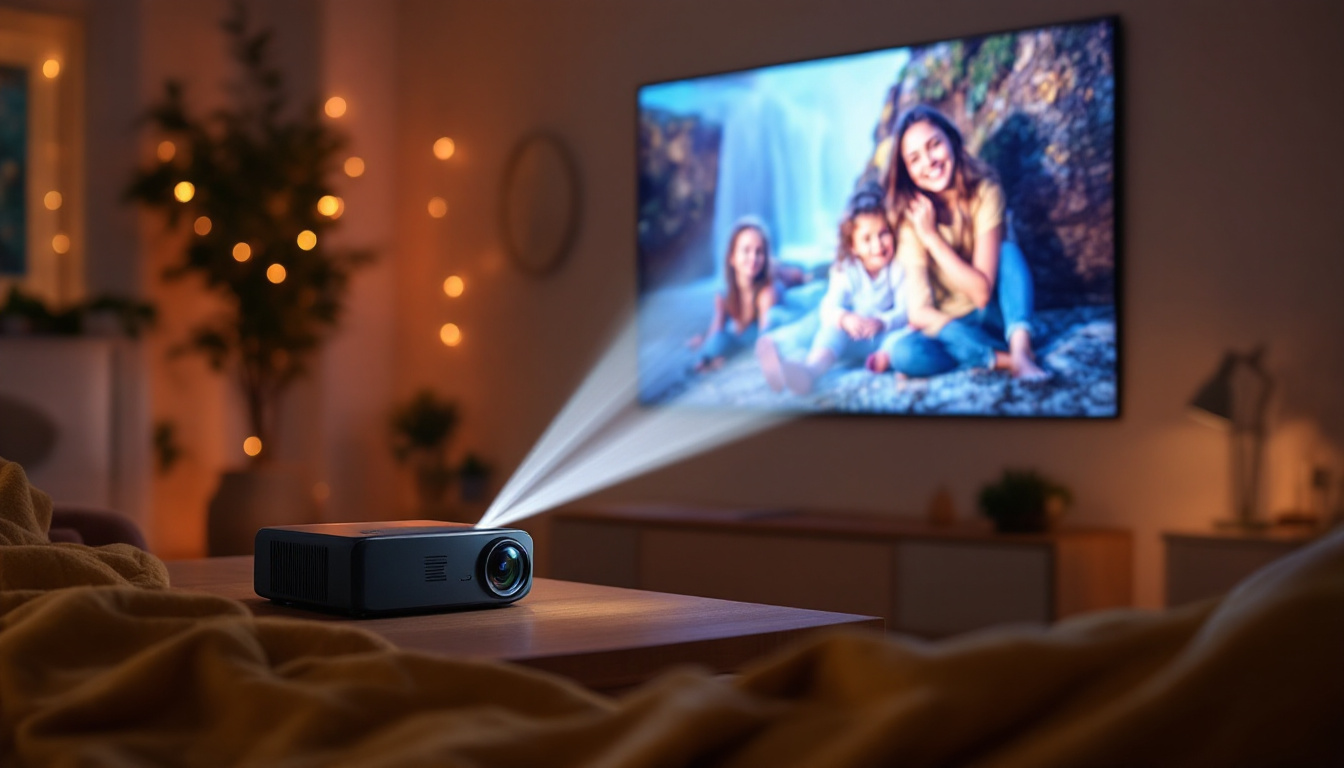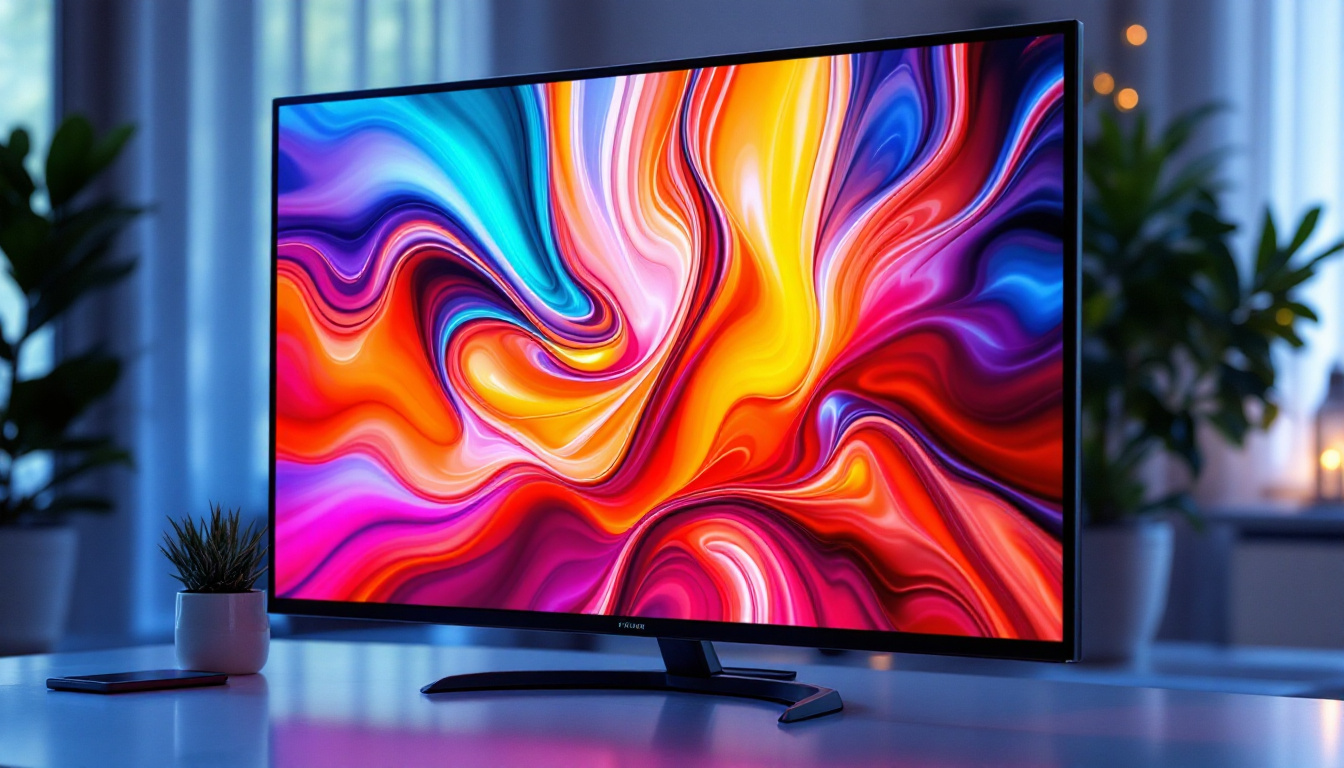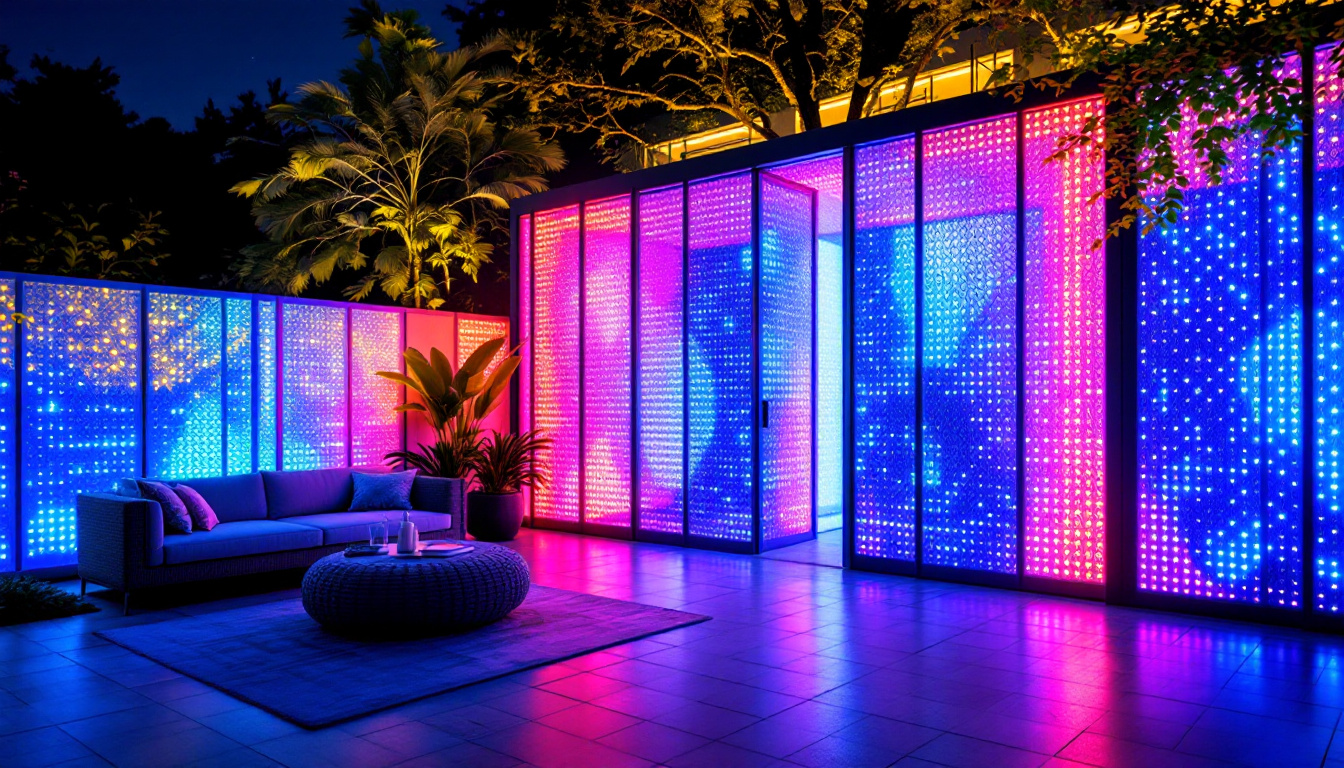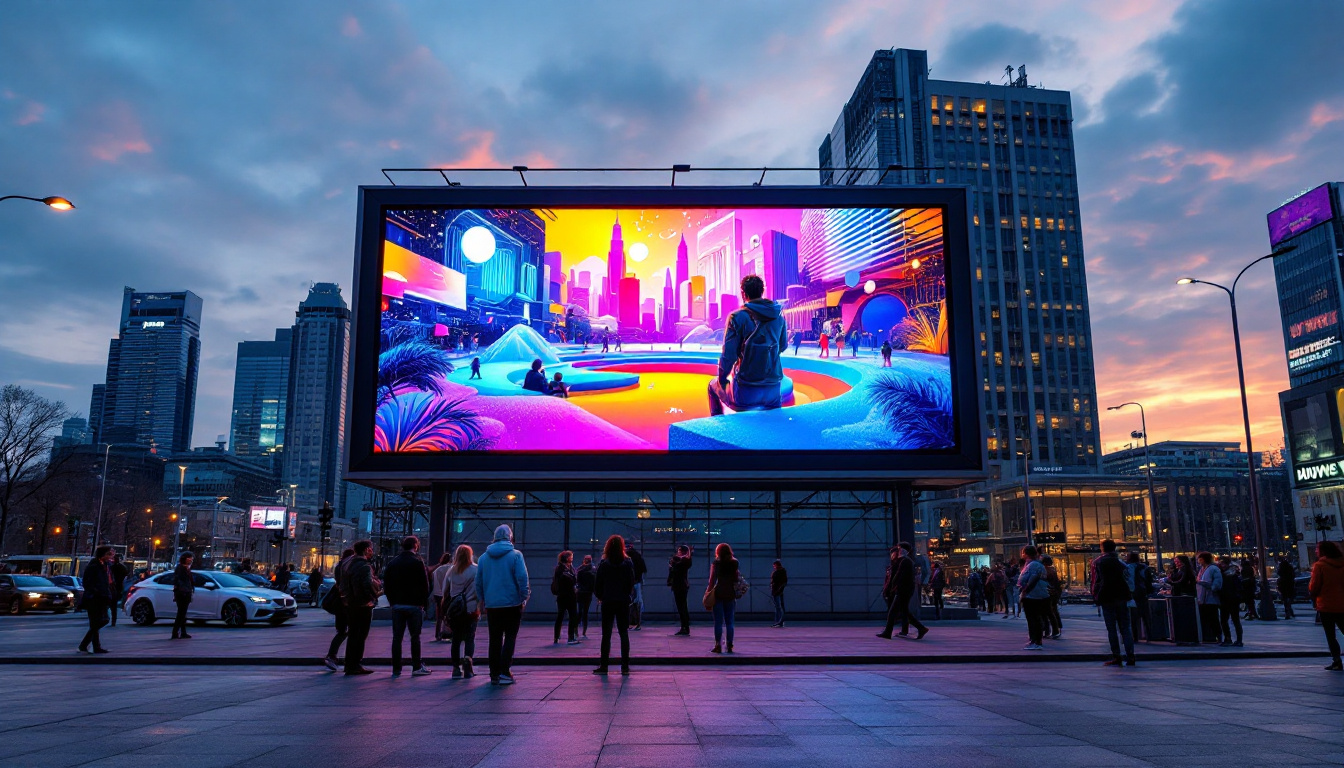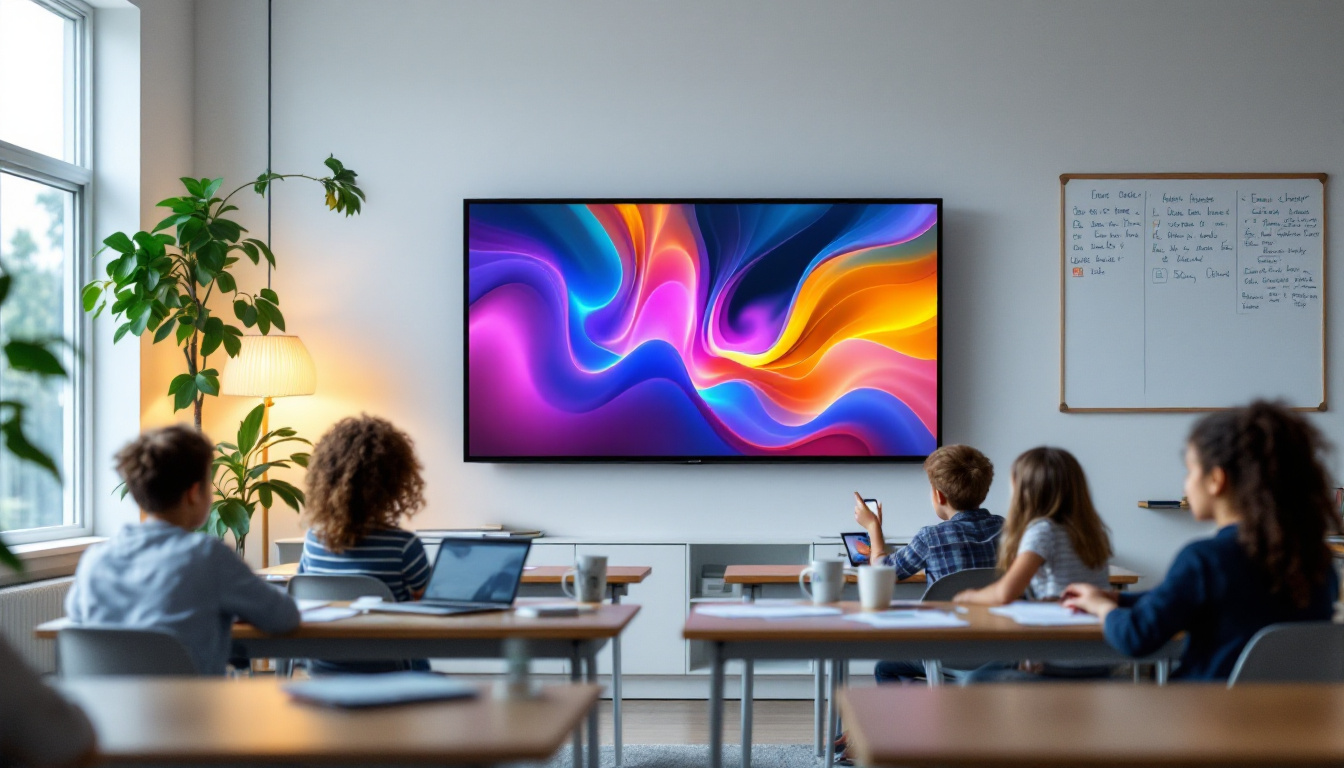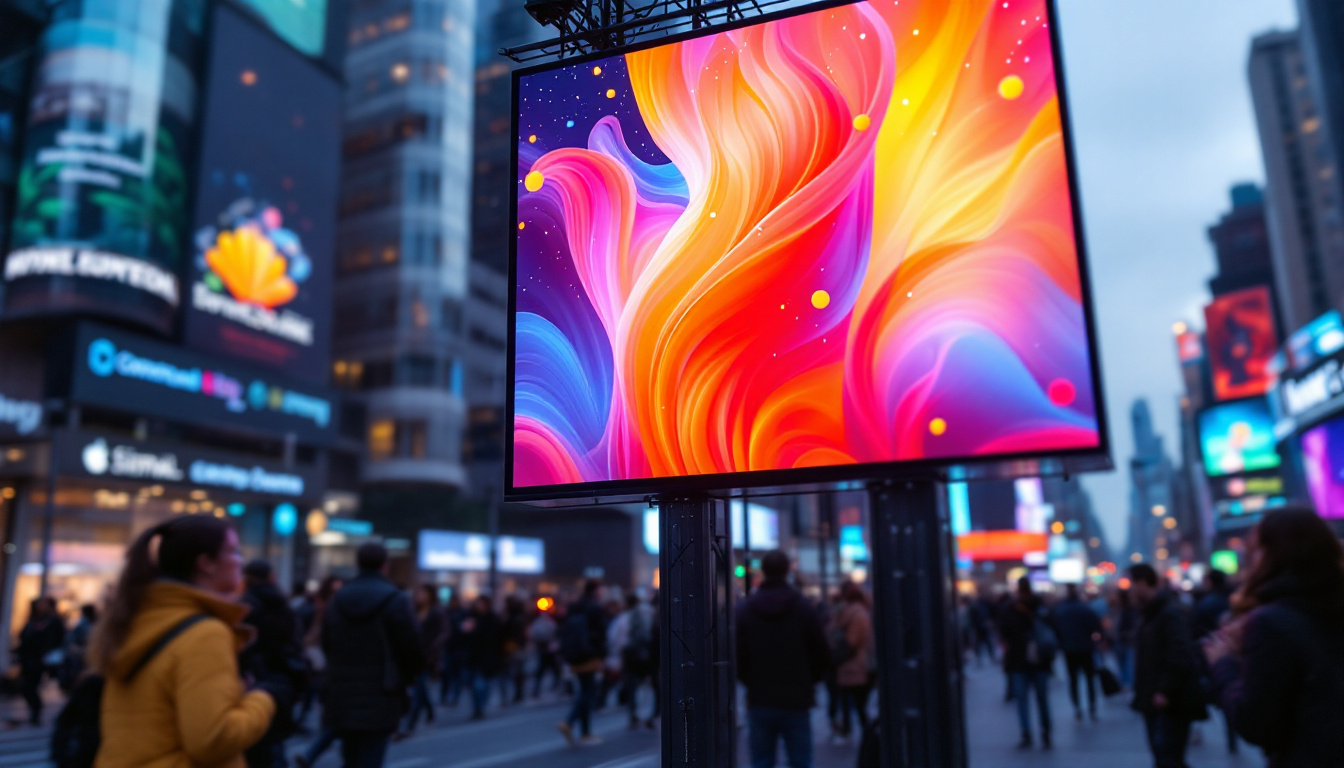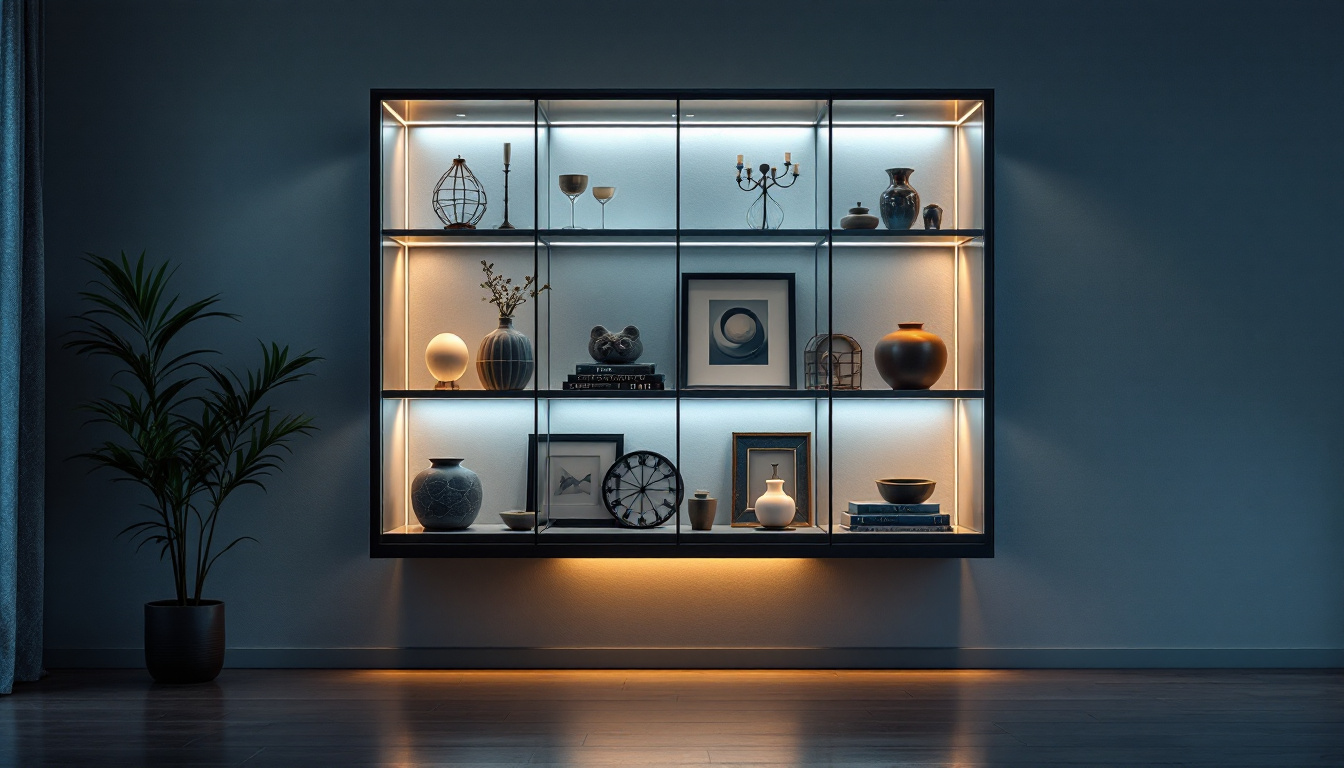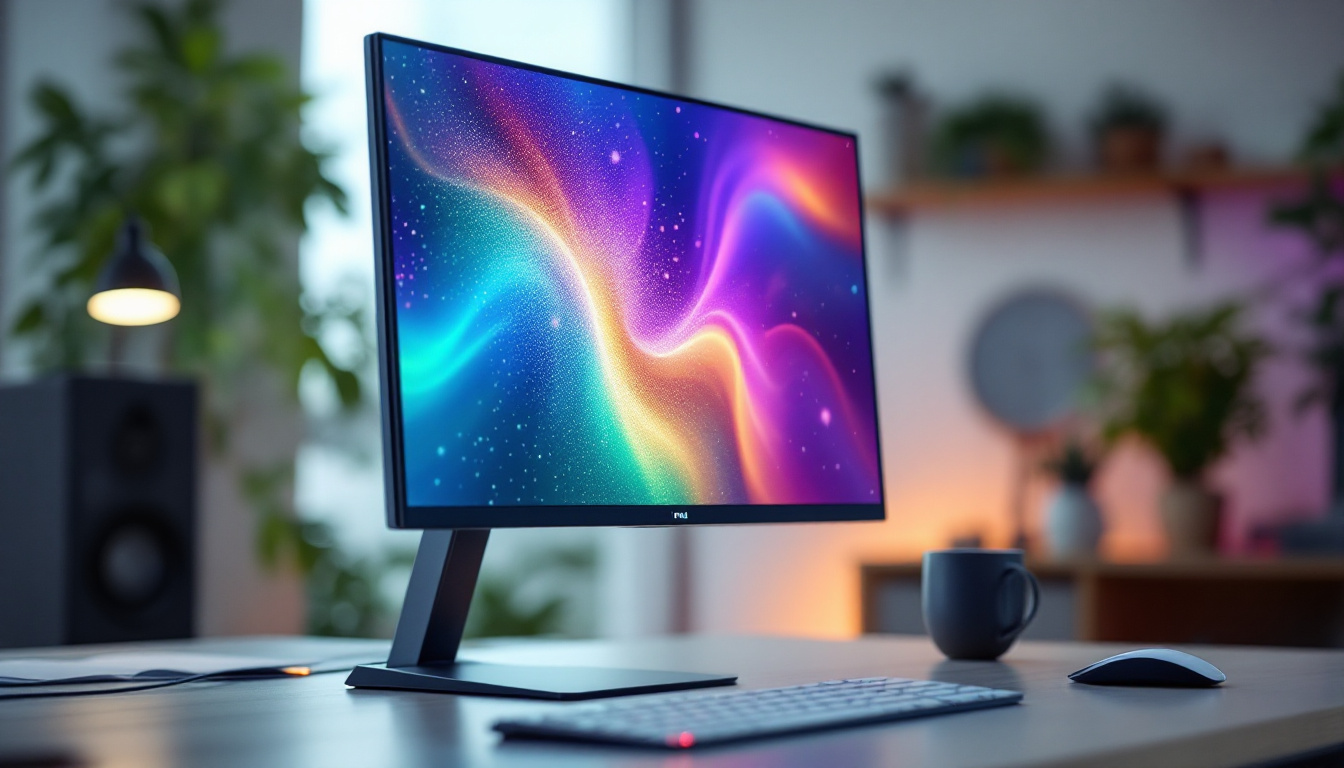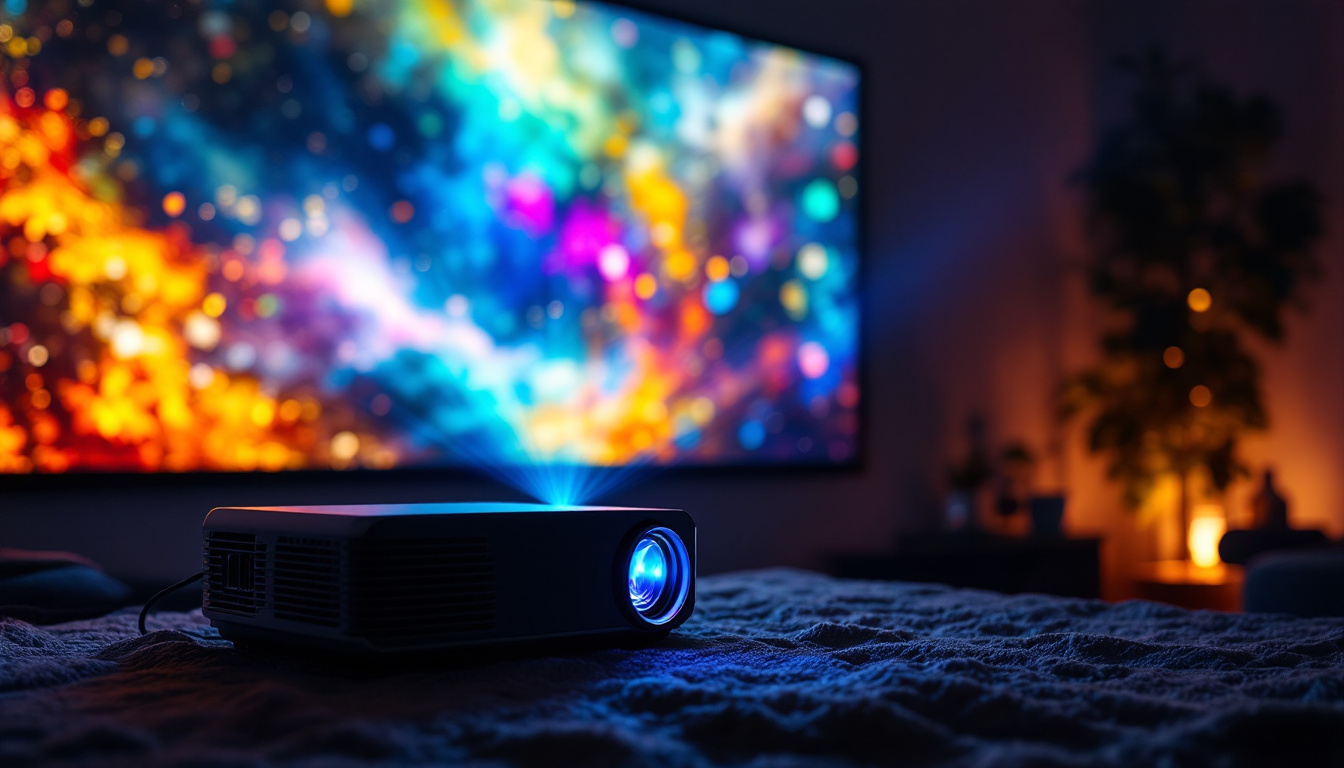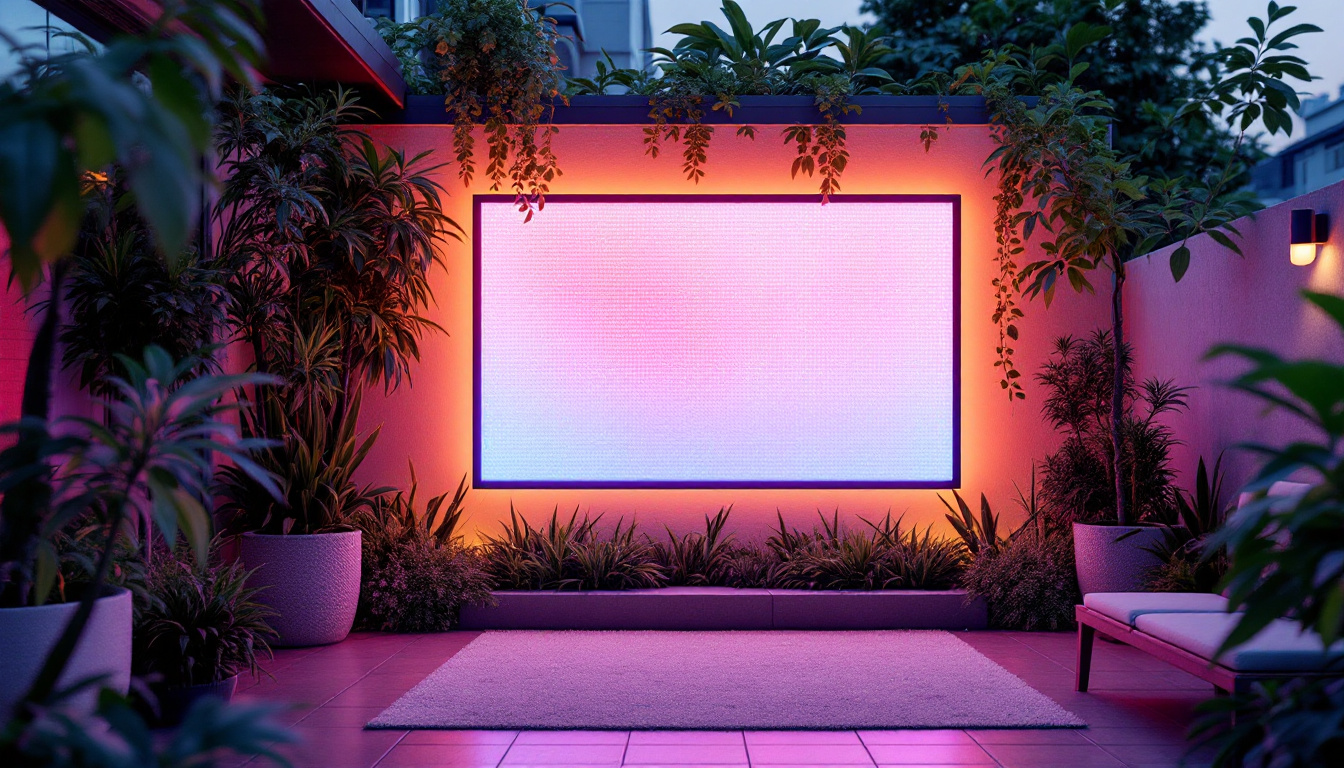In the realm of visual technology, contrast ratio stands as a pivotal metric that significantly influences the quality of images displayed by projectors. With the advent of LED technology, projectors have evolved, offering enhanced performance and clarity. This article delves into the intricacies of contrast ratios in projectors, particularly those utilizing LED displays, and explores their implications for users seeking the best visual experience.
Understanding Contrast Ratio
Contrast ratio is defined as the difference in light intensity between the brightest white and the darkest black that a projector can produce. It is typically expressed as a ratio, such as 1000:1, where the first number represents the luminance of the brightest white, and the second number represents the luminance of the darkest black. A higher contrast ratio indicates a greater difference between these two extremes, resulting in more vibrant images with deeper blacks and brighter whites. This measurement is crucial not only for projectors but also for televisions and monitors, as it directly influences how images are perceived by viewers, enhancing the overall aesthetic quality of visual content.
The Importance of Contrast Ratio
The significance of contrast ratio cannot be overstated. A high contrast ratio enhances the overall viewing experience by providing more detail in shadows and highlights. This is particularly crucial in environments with varying lighting conditions. For instance, a projector with a low contrast ratio may struggle to deliver clear images in well-lit rooms, while a higher ratio can maintain image integrity regardless of ambient light. This adaptability makes high-contrast projectors ideal for diverse settings, from conference rooms to home theaters, where lighting can fluctuate dramatically.
Moreover, contrast ratio plays a vital role in color accuracy. Projectors with superior contrast ratios tend to reproduce colors more vividly, allowing for a more immersive viewing experience. This is especially important for applications such as home theater setups, where the goal is to replicate the cinematic experience as closely as possible. In addition, a well-balanced contrast ratio can enhance the viewer’s emotional engagement with the content, as it allows for a more nuanced presentation of scenes, making dramatic moments more impactful and subtle details more discernible.
Factors Affecting Contrast Ratio
Several factors influence the contrast ratio of a projector. One of the primary considerations is the type of display technology employed. LED projectors, for example, often boast higher contrast ratios compared to traditional lamp-based projectors. This is due to the inherent characteristics of LED technology, which allows for more precise control over light output. Furthermore, advancements in laser projection technology have also contributed to improved contrast ratios, providing even more options for consumers seeking high-quality visual performance.
Additionally, the quality of the projector’s optics and the materials used in its construction can impact contrast ratio. High-quality lenses and coatings can minimize light loss and reflections, contributing to a better contrast performance. Furthermore, the projector’s settings, such as brightness and color calibration, can also affect the perceived contrast ratio, making it essential for users to fine-tune these parameters for optimal results. Environmental factors, such as the color of the projection surface and ambient light levels, also play a significant role in how contrast ratios are perceived, highlighting the importance of considering the entire viewing environment when selecting a projector. Understanding these variables can empower users to make informed decisions that enhance their viewing experiences.
LED Projectors: A Game Changer
LED projectors have revolutionized the projection landscape, offering numerous advantages over traditional models. These projectors utilize light-emitting diodes (LEDs) as their light source, which not only enhances brightness but also improves color accuracy and longevity. This section explores the benefits of LED projectors and their relationship with contrast ratio.
Benefits of LED Technology
One of the most significant advantages of LED projectors is their energy efficiency. LEDs consume less power compared to traditional lamp-based projectors, resulting in lower operating costs and a reduced environmental footprint. Additionally, LED projectors typically have a longer lifespan, often exceeding 20,000 hours, which means less frequent replacements and maintenance.
Furthermore, LED projectors offer instant on/off capabilities, eliminating the warm-up and cool-down times associated with traditional lamps. This feature is particularly beneficial in settings where quick setup and takedown are essential, such as in educational or corporate environments. The portability of many LED projectors also adds to their appeal, as they can easily be transported for use in various locations, making them ideal for traveling professionals or educators who frequently move between classrooms.
Enhanced Contrast Ratios
LED projectors are known for their impressive contrast ratios, often exceeding those of their lamp-based counterparts. This is largely due to the ability of LEDs to produce deeper blacks and brighter whites. The precise control over light output allows for a more dynamic range, making images appear more lifelike and engaging.
For instance, in a home theater setting, an LED projector with a contrast ratio of 3000:1 can deliver stunning visuals, highlighting intricate details in dark scenes while maintaining clarity in brightly lit segments. This capability enhances the overall cinematic experience, allowing viewers to fully immerse themselves in the content. Moreover, the color gamut offered by LED projectors is often wider, enabling them to reproduce a broader spectrum of colors, which is crucial for filmmakers and artists who demand accurate color representation. As a result, LED projectors are increasingly being adopted not just for casual viewing, but also for professional applications in film production and graphic design, where precision is paramount.
Choosing the Right Projector
Selecting the appropriate projector involves considering various factors, with contrast ratio being a key component. Users must assess their specific needs and the environment in which the projector will be used. This section provides guidance on how to choose the right projector based on contrast ratio and other essential features.
Assessing Your Needs
Before making a purchase, it is crucial to evaluate the primary use of the projector. For home theater enthusiasts, a projector with a high contrast ratio is essential for achieving a cinematic experience. In contrast, those using projectors for presentations in well-lit conference rooms may prioritize brightness over contrast.
Additionally, consider the types of content that will be displayed. For instance, if the projector will primarily be used for movies or gaming, a high contrast ratio will enhance the viewing experience. Conversely, for business presentations that rely on text and graphics, other features such as resolution and brightness may take precedence. It’s also worth noting that the size of the screen and the distance from which the projector will be viewed can significantly influence the perceived quality of the image. A projector that excels in contrast may not perform as well if the image is too large for the viewing distance, leading to a loss of detail.
Evaluating Specifications
When comparing projectors, it is vital to examine the specifications provided by manufacturers. Look for the stated contrast ratio, as well as other relevant metrics such as brightness (measured in lumens) and resolution. A projector with a high contrast ratio but low brightness may struggle in brightly lit environments, while a high-brightness projector with a low contrast ratio may fail to deliver the desired image quality in darker settings.
Furthermore, reading reviews and seeking recommendations from trusted sources can provide valuable insights into the performance of specific models. User experiences often highlight strengths and weaknesses that may not be apparent from specifications alone. Additionally, consider the projector’s connectivity options, such as HDMI, USB, and wireless capabilities, which can greatly enhance its versatility. The ability to connect to various devices, including laptops, gaming consoles, and streaming devices, can make a significant difference in how effectively the projector meets your needs, especially in a multi-use environment.
Common Misconceptions About Contrast Ratio
Despite its importance, there are several misconceptions surrounding contrast ratio that can lead to confusion among consumers. This section addresses some of these myths and provides clarity on the true nature of contrast ratio in projectors.
Myth: Higher Contrast Ratio Always Means Better Quality
While a higher contrast ratio is generally associated with better image quality, it is not the sole determinant of performance. Other factors, such as brightness, resolution, and color accuracy, also play crucial roles in the overall viewing experience. A projector with a high contrast ratio but poor color reproduction may not deliver the desired results.
It is essential to consider contrast ratio in conjunction with other specifications to gain a comprehensive understanding of a projector’s capabilities. Balancing these factors will lead to a more informed purchasing decision.
Myth: Contrast Ratio Is Only Important for Movies
Another common misconception is that contrast ratio is only relevant for cinematic content. In reality, contrast ratio impacts all forms of visual media, including presentations, gaming, and educational content. A projector with a good contrast ratio enhances clarity and detail across various applications, making it a crucial consideration regardless of the intended use.
Conclusion
In summary, contrast ratio is a fundamental aspect of projector performance, particularly in LED display technology. Understanding its significance can empower consumers to make informed decisions when selecting projectors that meet their specific needs. LED projectors, with their enhanced contrast ratios and numerous benefits, have set a new standard in the industry.
As technology continues to evolve, staying informed about advancements in projector technology will ensure that users can enjoy the best possible visual experiences. Whether for home theaters, business presentations, or educational purposes, the right projector can make all the difference in delivering stunning and impactful visuals.
Discover LumenMatrix’s Advanced LED Display Solutions
Ready to elevate your visual experience with superior contrast ratios and stunning clarity? LumenMatrix is at the forefront of LED display innovation, offering a wide array of solutions tailored to your needs. From captivating Indoor LED Wall Displays to dynamic Outdoor LED Wall Displays, and from versatile Vehicle LED Displays to sleek LED Poster Displays, our technology is designed to make your message shine. Explore our LED Sports Displays, interactive Floor LED Displays, and Custom LED Display options to create an unforgettable impact. Don’t miss out on the future of visual communication. Check out LumenMatrix LED Display Solutions today and see your vision come to life.

